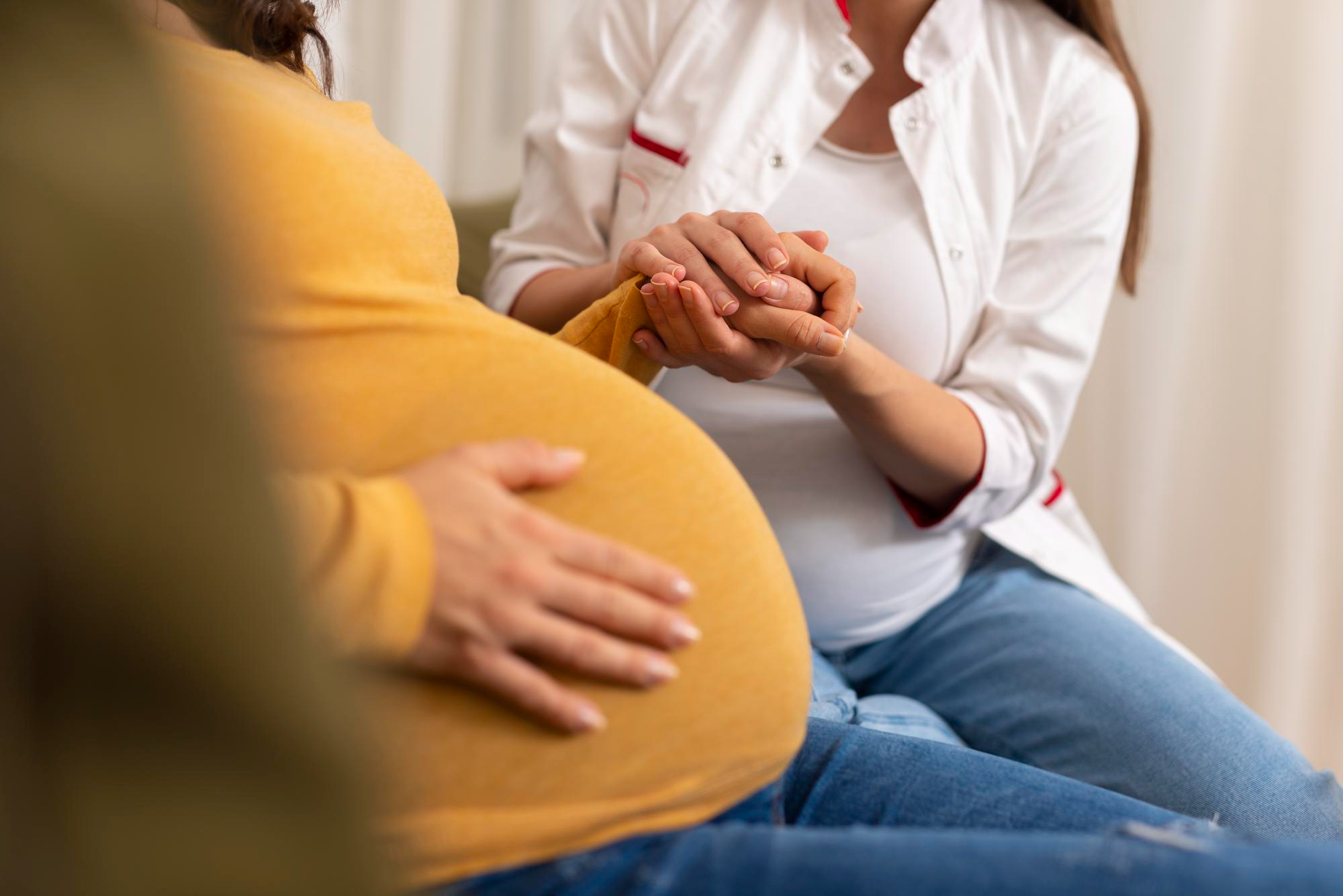
If you are having a baby for the first time, you are far from alone. In 2016, 1.2 million women gave birth to their first child. Bringing your new member of the family home is a joy and the start of a new life as a mother, but it can also bring a great number of questions and anxieties.
Wondering what kinds of things can you expect to happen during the pregnancy, and what steps can you take to make the process easier? Let’s look at the pregnancy month by month, and guide you through what to expect when your baby is born.
Whether you’re having your first baby or your last, Christopher Serrano, MD and the compassionate staff at Serrano OBGyn help mothers in the San Antonio, Texas area throughout their pregnancy. We specialize in helping women through each stage of their life, from maturing into women to their post-menopause years.
What to expect each trimester of your pregnancy
While pregnancies do last for about nine months, pregnancy timing is actually measured by your gestational age, which starts from the first day of your last menstrual period before getting pregnant.
Pregnancies are further divided into three-month periods called trimesters, with each trimester lasting just over 13 weeks. This means a full-term pregnancy is actually about 40 weeks. Here’s how the trimesters break down.
First trimester
Pregnancy begins when the ball of cells from your fertilized egg attaches to your uterus. By week six, the ball of cells forms an embryo, a stage that lasts for about five weeks.
Around this time your baby starts developing buds for arms and legs, a neural tube that will become its brain and spinal cord, and an umbilical cord. By week eight, your baby’s heart, arms, and legs are formed while fingers and toes are developing.
At the two-month stage, you may experience breast tenderness, fatigue, vomiting, and frequent urination.
By the third month, the embryo becomes a fetus with skin, bones, and fingernails. Hormonal changes determine if it’s a boy or a girl and begin the formation of sex organs.
Second Trimester
Your baby’s sex should be visible around week 14 as sex organs like the ovaries or the testes start forming. Your baby starts to grow hair and forms the roof of their mouth. By the fifth month, you can usually feel fetal movements and may experience constipation, dizziness, and shortness of breath.
In the sixth month, your child has developed blood cells, taste buds, eyebrows, and eyelashes. Your breasts also start producing tiny drops of milk in preparation for breastfeeding.
Third Trimester
By the seventh month, your uterus expands, and you can expect to experience back pain. Your dizziness should be reduced by this point.
The fetus is about 11 inches long by the eighth month, and the lanugo (soft fine hair that covers their body) starts falling off. By the ninth month, your fetus’ eyes are more developed, with pupils that can respond to exposure to light.
The final month is often when the fetus drops into the lower part of your uterus. You may have a harder time holding your urine and can develop varicose veins and stretch marks.
What happens when your baby is born
Once your baby is delivered, your doctor examines them and suctions the nose and mouth to remove amniotic fluid to make sure they can breathe on their own. Then the umbilical cord is clamped and cut, and their Apgar score is tested, checking reflexes, heart rate, color, activity, and muscle tone.
While you deliver the remaining placenta, your newborn is weighed and measured. Within the first few hours after delivery, you and your newborn spend time together bonding as your nurse continues to check vitals and confirm the gestational age.
For the rest of the day, you learn from your nurses how to take care of your baby which includes giving them their first bath, changing diapers, breastfeeding, and swaddling. You may stay at the hospital for up to 48 hours after delivery. Just before you leave, your baby is given a hearing test.
There’s a lot to expect in the coming months to bring your first child into the world, but if you’re ready to give them the best treatment from pregnancy to delivery make an appointment with Dr. Serrano at Serrano OBGyn today.
